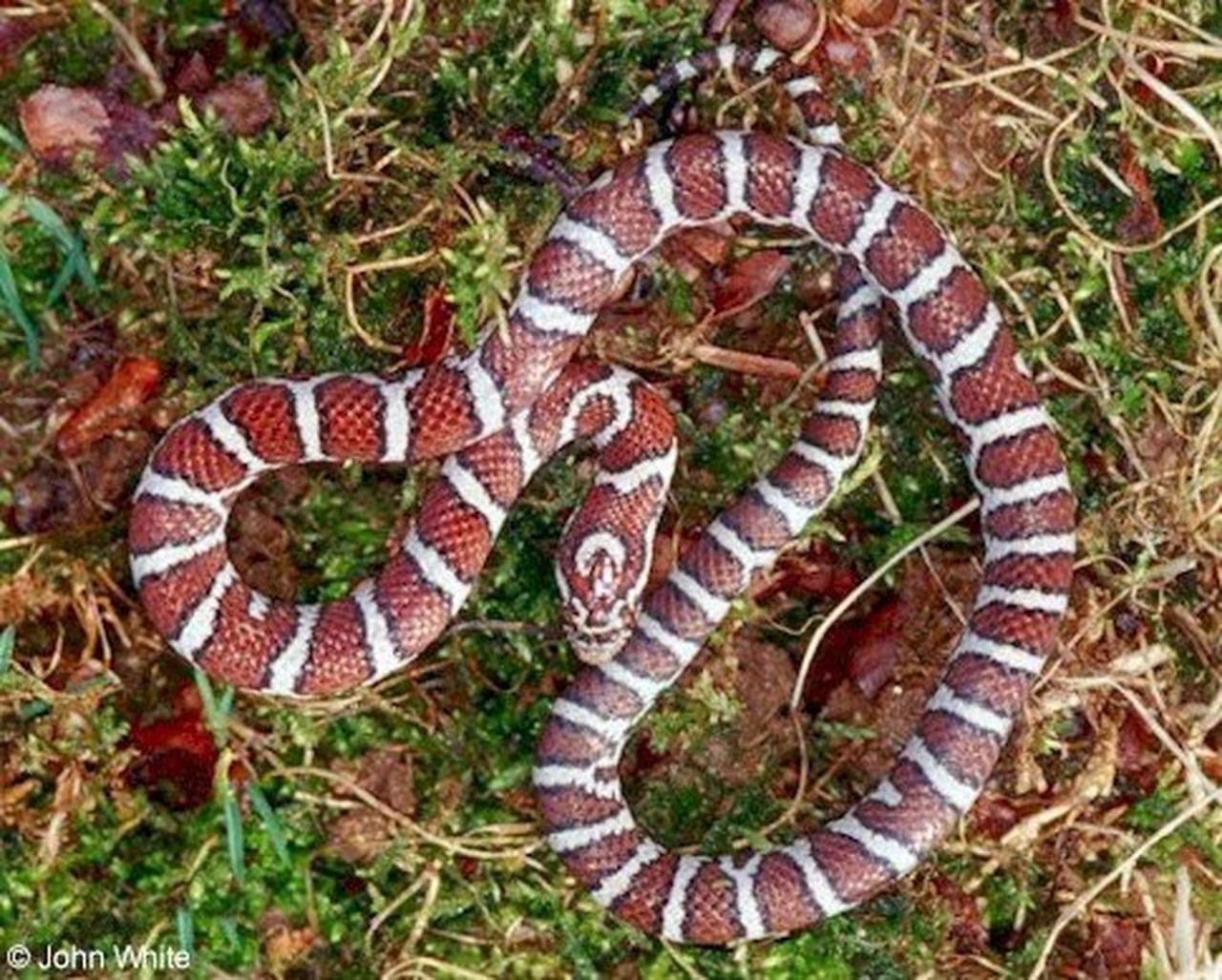Greek tortoises are usually kept as pets, and their friendly personality sets them above most of the other tortoise making them excellent companions.
However, if you must maintain a Greek tortoise as a pet, you should consider if you can be committed to a pet that may outlive you.
The Greek tortoise which is also known as The Spur-thighed tortoise or Testudo graeca, and could live for as long as 50 years and above.
The Greek tortoise size could grow to be 10 inches long and more. It requires special attention that would guarantee the pet perfect health if followed correctly, just like every other pet tortoise.
The Greek Tortoise Behavior and Temperament
Like every other tortoise, the Greek tortoises prefer not to be handled by humans. It is best to respect its space since more massive tortoise may even bite if picked up.
It can impact negatively on tortoises health as over handling stressing them. Generally, Greek tortoises friendly and calm creatures if they are handled with care and their space respected.
Housing a Greek Tortoise
Some tortoise owners prefer to provide water to their pets using bowls large enough and accessible for them to walk into and drink or defecate when needed.
Make the Greek tortoise enclosure is warm and free of dangerous factors that could harm them. Provide clamp lights if possible to produce heat enough to keep them warm and healthy.
Large tanks are allowed as an alternative to how a pet tortoise for new owners who don’t mind spending a little more cash to make sure their pets get the best.
Your tortoise should be allowed to wander freely during warm months, but ensure it is under supervision so they don’t run away or worst still, get attacked by a hawk, a dog, racoon and other wildlife.
Be sure to clear the surrounding off any bad food they might likely consume. Tortoise is a very good digger, ensure that it is impossible for them to dig their way out of their pens, and make sure the barriers are strong enough to hold them inside.
Mulch, wood shavings and other dirt mixtures are recommended reptile beddings suitable for a Greek tortoise, but be careful enough to serve their food in plates or other surfaces so they don’t ingest the beddings accidentally.
Geek tortoise food and water
Tortoise is generally herbivores. Years ago it was common for tortoise owners to feed pets canned cat and dog food to make them grow faster.
However, it was discovered quickly that diets high in protein are harmful to a tortoise and cuts their life expectancy significantly. They respond better to diet low in protein and high in fibre than food meant for carnivores.
A combination of dark, leafy greens such as collard greens, fresh parsley, endive and dandelion greens should be abundant in your tortoise’s diet. Grasses and hays should also be included in their food.
Fruits such as strawberries, raspberries, or apples may also be added but should not make up more than 10 per cent of the pet’s diet. You could also add calcium powder on the veggies to make sure your tortoise is provided with enough calcium.
Lighting
The two types of lighting a Greek Pet tortoise like every other tortoise need to be exposed to include the – UVB lighting and lighting that emits heat.
Be reminded that under tank heater doesn’t serve as an excellent alternative to providing ambient temperature. UVB lights are preferred, especially for large pens that house big tortoises.
Providing UVB lighting helps your tortoise maintain firm bones and metabolise calcium. The absence of UVB lighting your tortoise may result in metabolic bone disease.
Heat light should be made available to support a basking area at about 95 degrees while the rest of the enclosure stays above 75 degrees.
Common Health Problems of a Greek tortoise
Rot in a shell is commonly found in Greek tortoises, as it is with other tortoises and turtles. Typically, this is a result of fungal infection and can cause severe and painful shell deformities that if left unattended to or untreated, can be life-threatening.
The Greek tortoise like other reptiles is susceptible to metabolic bone diseases that are caused by an imbalance in its calcium-to-phosphorous ratio and can lead to the pet’s overall bone weakness which is a painful condition that can be fatal if not treated properly.
They are also prone to respiratory infections that are typical of lizards, turtles and tortoise kept in extreme come enclosures which would have a Greek tortoise wheezing and lethargic.
These conditions can be treated by a veterinarian specialising in reptiles if caught early.
Choosing a Greek Tortoise
Similar to other reptiles, it is best acquiring a Greek tortoise from a reputable breeder and ensure to know its medical history. It may cost you more than you can afford if the tortoise has a severe health issue, so it is advisable to inspect the pet before housing it.
A healthy Greek tortoise would have a smooth shell without decay or deformity, free of mucus, healthy clear eyes. Insist on watching the animal eat. A healthy tortoise would have no problem eating food giving to it. Eagerness to eat depicts a healthy tortoise.




